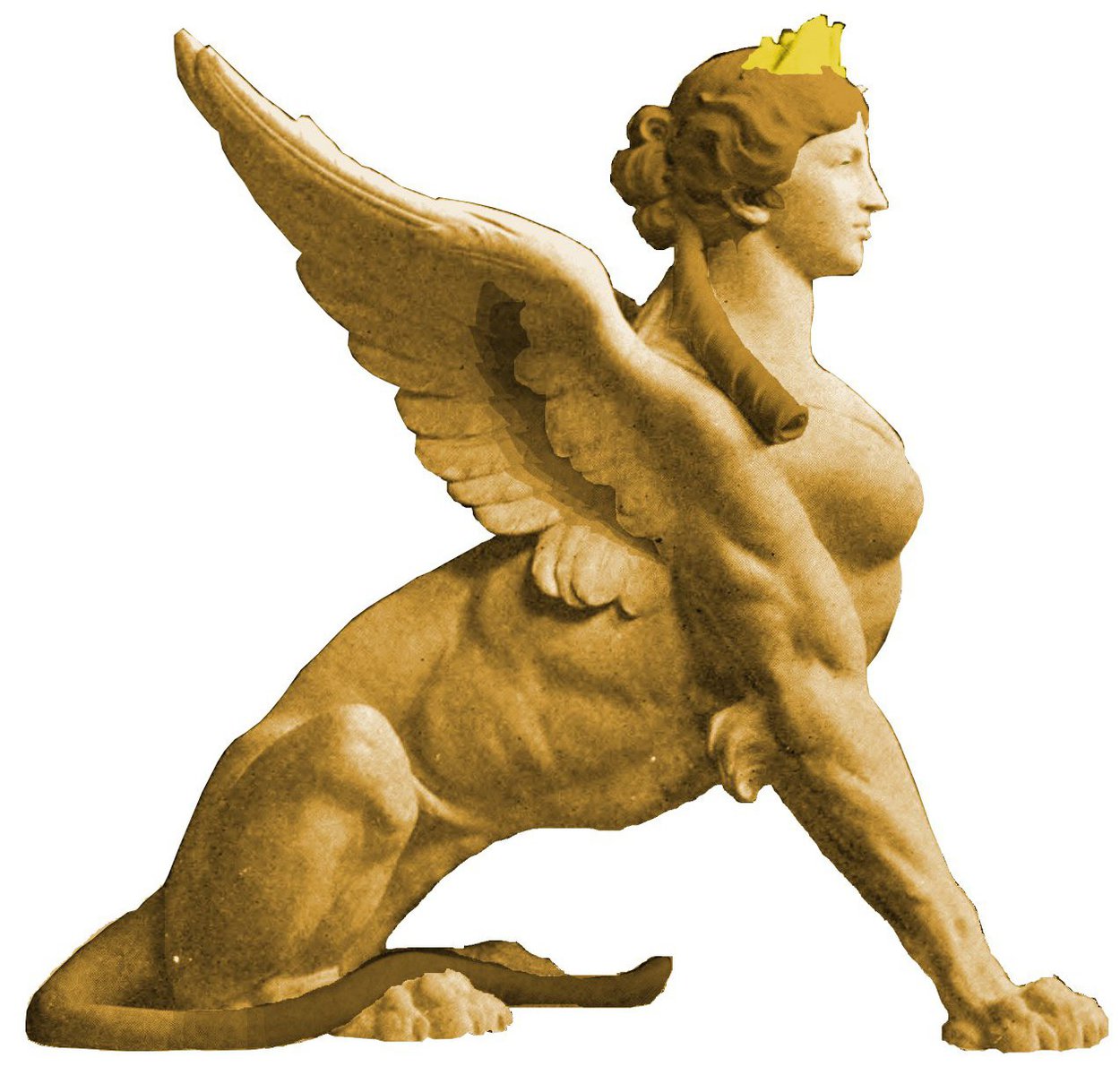When it comes to the world of Mythology, you will hear several tales involving some of the most terrifying creatures to ever exist. Of course, a lot of these mythological creatures have connections to World History too. Many Greeks and Romans swear these creatures existed. Yet they tell them via tall tales, never from personal experience (or truthful personal experience).
In spite of this, you will see several stories that make you scratch your head. How could some be true? Well, it was not just the Romans & Greeks who did this. There are several Native American & African tribes that swear by several creatures from their folklore too. Then you have others that are common myths today that the entire world has heard about.
Did these Mythological Creatures exist or were they just random tales made up that were passed down through the generations? Honestly, you’d be surprised to learn that some actually have a grain of truth behind them. Others come down to misunderstandings of what was going on at the time, however.
Yet others went through what all stories go through, “generational editing.” As stories pass down from person to person, a lot of details go out of the window while other content is added. It might be due to a failed remembrance of the story or they got it mixed up with another. Some just liked to spice up stories a bit too.
Regardless, this article will discuss some of these infamous Mythological Creatures as well as the story behind how they actually came to be. While we cannot cover “every” major creature, we did make sure to use some from several different mythologies from all over the world. Let’s get started!
The Sphinx: Riddle Me This, Riddle Me That

Greek & Egyptian Mythology
In spite of being a huge statue in the middle of Egypt near their infamous pyramids, the Sphinx was not actually an Egyptian creature at all. Of course, the Great Sphinx was built somewhere between 10,000 to 5,200 B.C. which makes the myth of the character at least one hundred years old or longer beforehand. The Sphinx was notable for being a creature with the head of a woman, wings of a bird, and haunches of a lion.

In Greek Mythology, whenever a human came across the Sphinx, it would ask them to answer a riddle. If you could do so, you’d not only go free but at times you might also win something. There are some tales where it kills the Sphinx too. If you answer incorrectly, the Sphinx kills you. In Egyptian Mythology, this creature is actually a man, held as benevolent with impressive strength. Similar to the Greek version, it was used as a Guardian of sorts for Temples.
Where did the creature come from? Technically, it was from the tale of Oedipus. This was about the mythological King of Thebes himself. The thing is, that is the notable Greek telling of the creature but the Egyptian version is clearly far older…which means they borrowed from the older Egyptians. This culture enjoyed connecting animals to humans in their art and stories, even royals wore animal-connecting outfits. The Sphinx was merely connected to that culture, like many others from the time.
